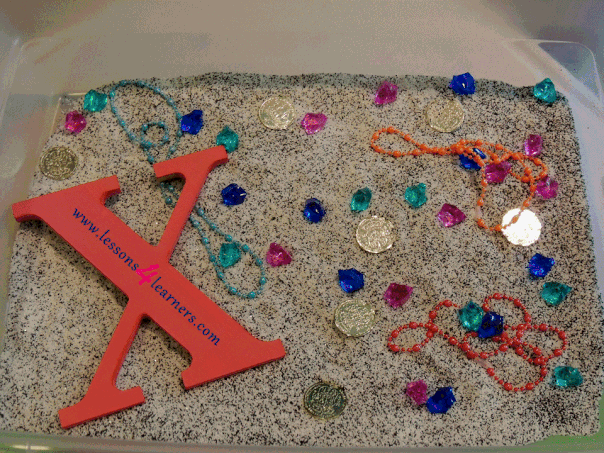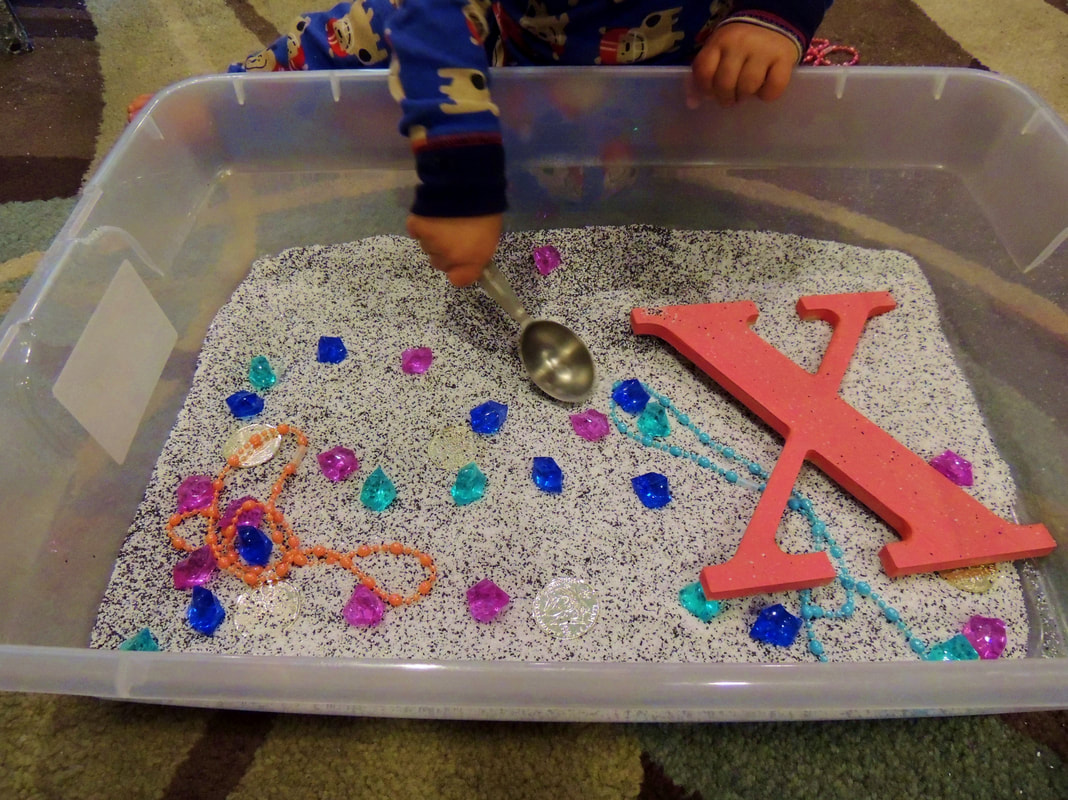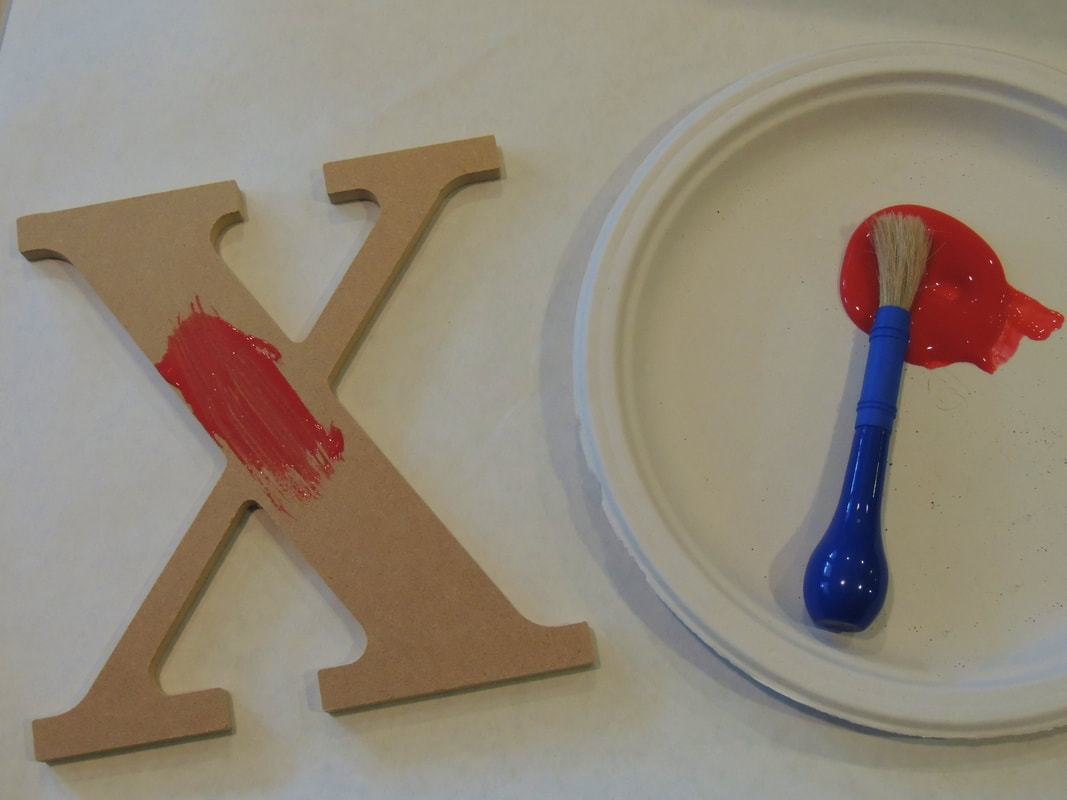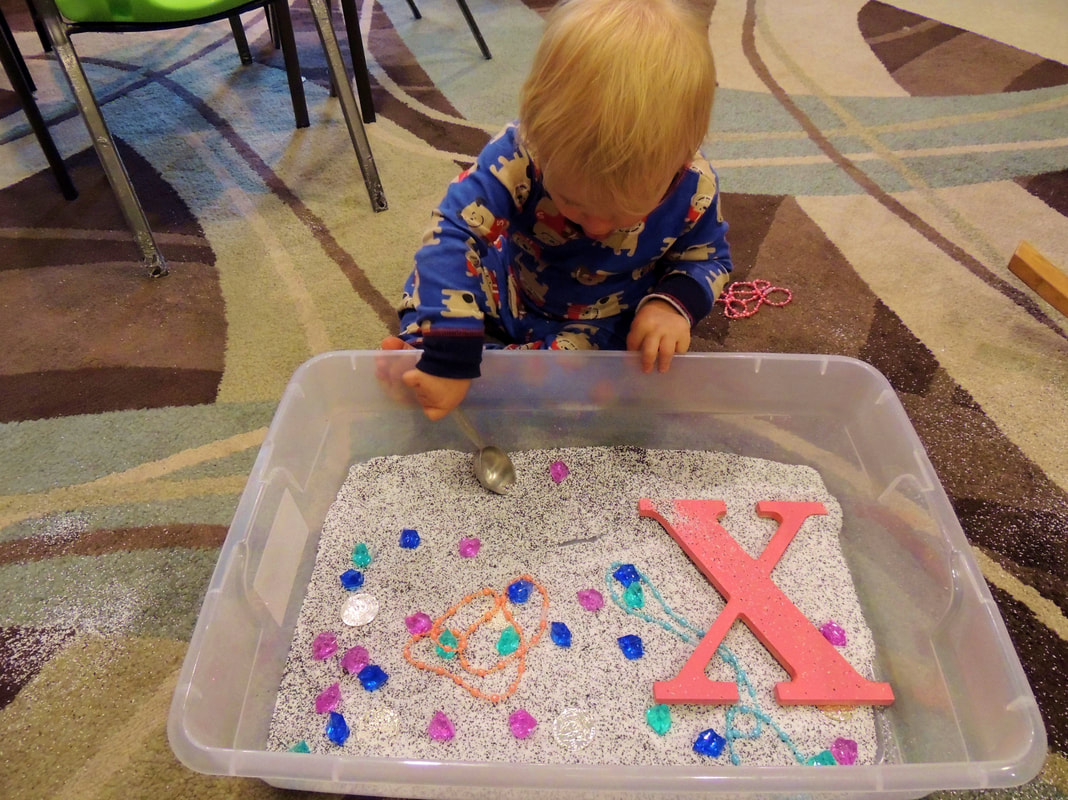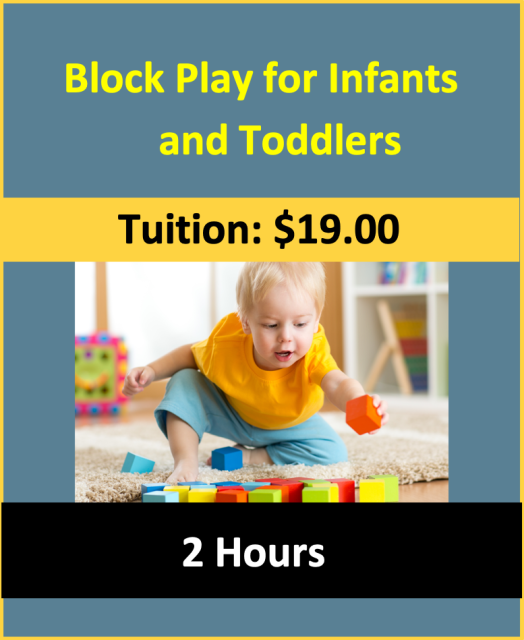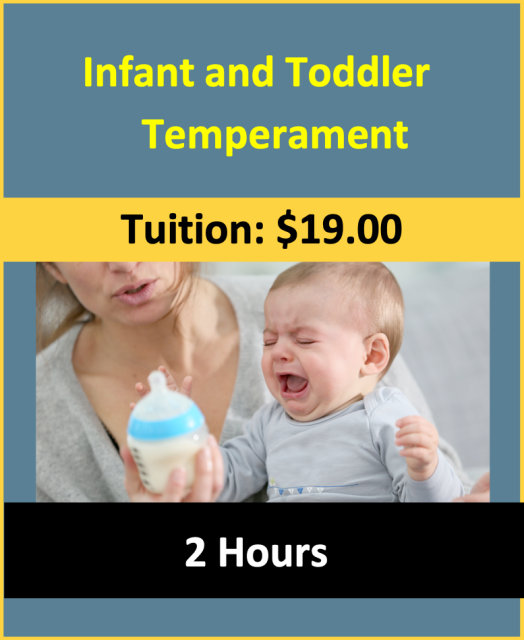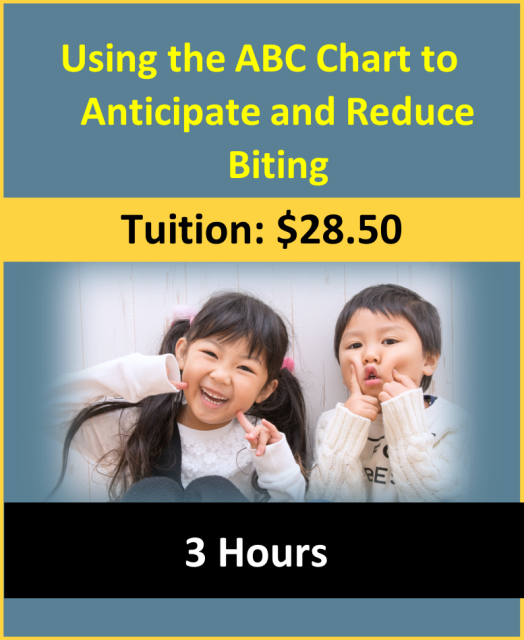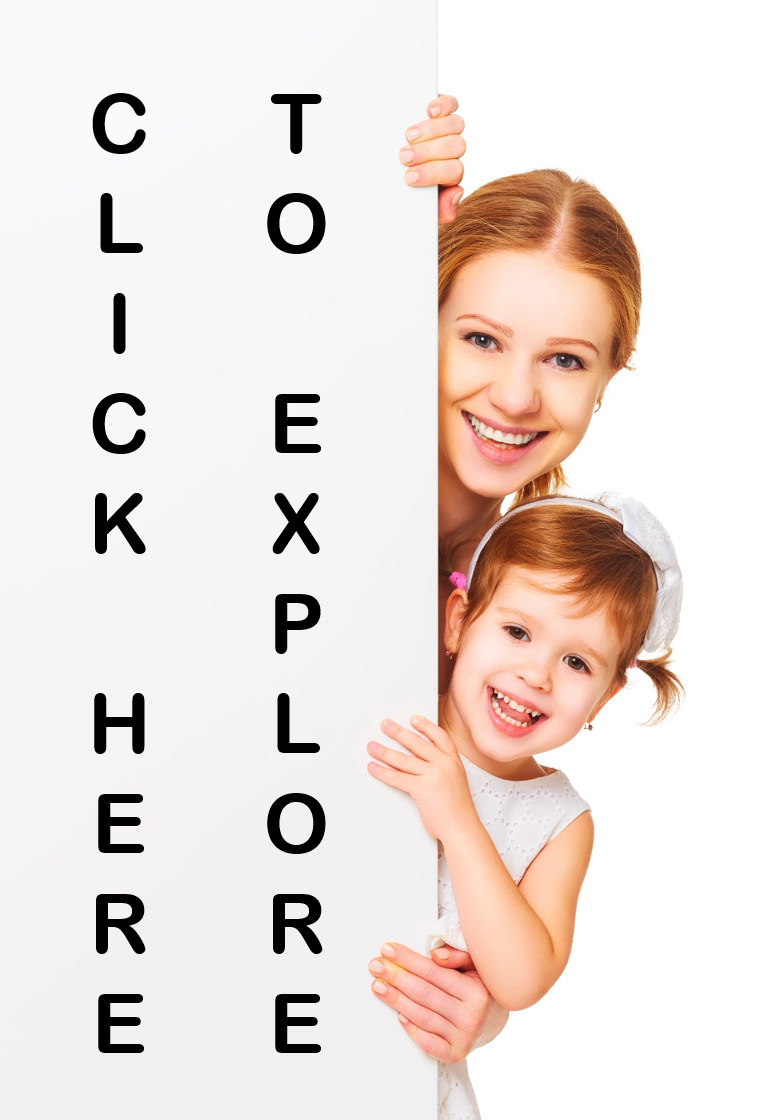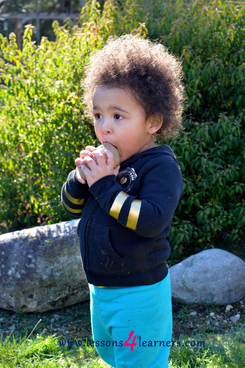Pirate Sensory Bin
Lesson Plan:
|
Activity:
Pirate Sensory Bin
Lesson plan developed by Ms. Erika Geelhoed, BA Ed
Age Group:
* Lesson plan objective and assessment can be adapted to use this activity with preschoolers.
Objectives:
Children will:
|
|
II.4.3a
Materials:
|
Procedure:
- Create the sensory bin by adding sand to the large plastic bin first.
- Then add in the beads, gems, shovels, coins, and large painted “X” (which represents X marks the spot).
- Place the bin in an appropriate area and invite the children to play with you.
- If needed, show the children how to scoop the sand using the shovel as a tool.
- During the activity, introduce the children to new and relevant vocabulary.
- Repeat the words slowly several times using exaggerated mouth movements.
Assessment:
- During the activity, record the children’s reaction to the new textures. Be sure to note their small motor skills as well. Did they attempt to scoop the sand using the shovel? How did they pick up the other items in the bin? How is their finger dexterity developing? Were they able to pincer grasp the objects? Did they attempt to repeat the new pirate vocabulary words you introduced?
Note: Please provide appropriate supervision to the children in your care when completing all activities. You will need to decide what types of activities are safe for the children in your care. Appropriate and reasonable caution should be used when providing art and sensory experiences for children. Toddlers require special caution, only use non-toxic materials, and do not allow toddlers to put things in their mouths that are a choking hazard.
Click on the course icon for enrollment information.
Promoting Creativity
|
Creativity is about seeing things in a new way and putting ideas together differently, so that a new idea emerges. Creativity is about bringing those ideas out of your head and making them more tangible. They do not always take form sufficiently to become a creation, because many creative ideas are abandoned along the way. The child formulating those ideas becomes distracted, loses focus, is constrained or stopped from carrying the creative process through.
Teachers should offer young children plenty of time and space to explore ideas within an enabling environment. You should stand back sufficiently to notice what intrigues, confuses and inspires the young children you are working with, so that any intervention occurs from a closer understanding of children’s creativity. |
